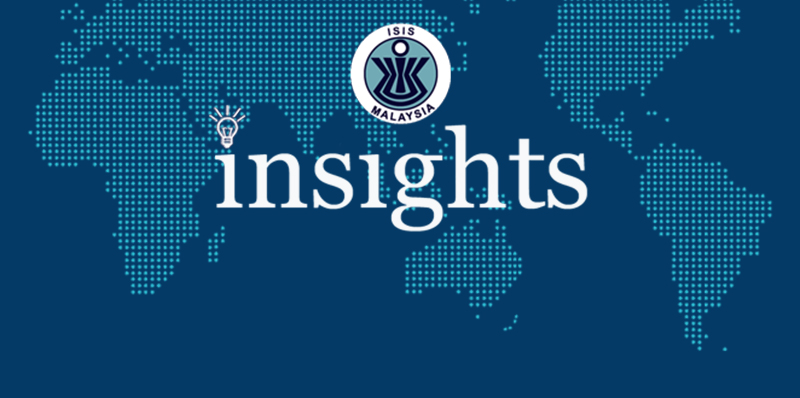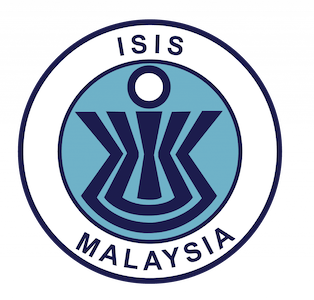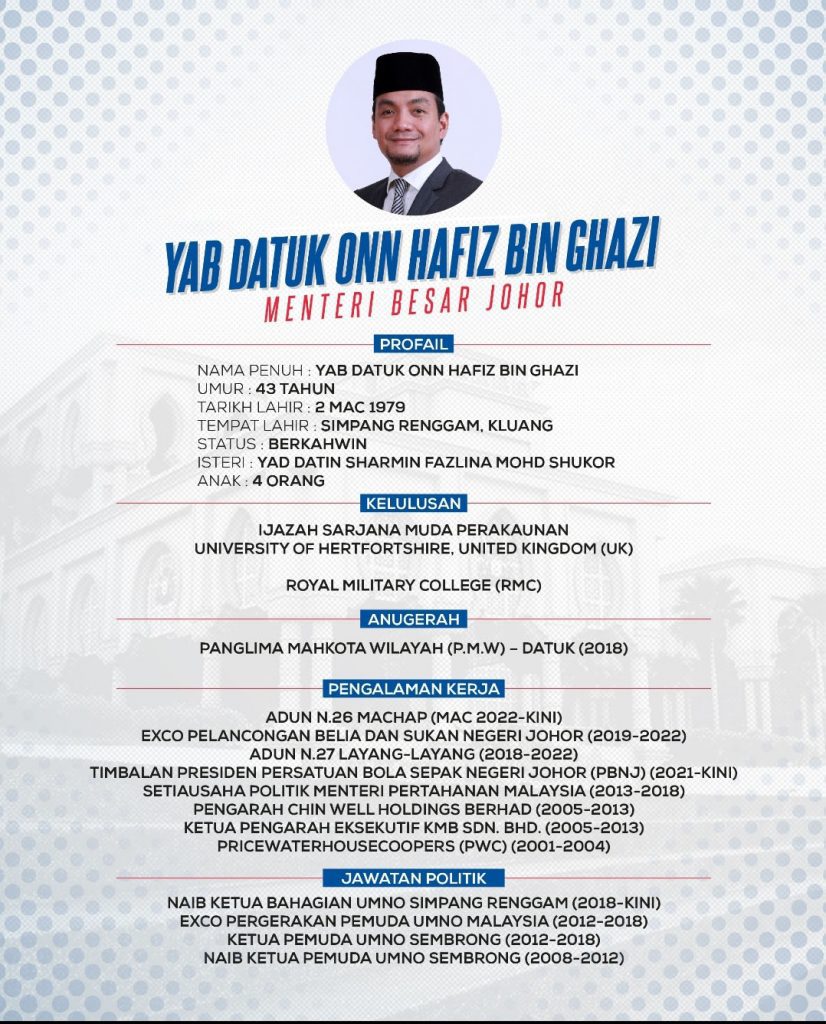The 15th anniversary of the East Asian Summit (EAS) received scant attention amid the many statements, declarations, plan-of-actions and other such announcements from the recently concluded 37th ASEAN Summit. Much of the post-Summit coverage and analyses were focused on the organisation’s efforts to manage the global pandemic, and signing of the Regional Comprehensive Economic Partnership, the world’s largest free trade agreement to date.
The EAS is an important component of ASEAN’s associated summits and multilateral mechanisms, one whose relevance goes beyond Southeast Asia and has a bearing on the evolving norms shaping the regional security architecture.
Like all things ASEAN, its progress certainly hasn’t been smooth sailing. Deliberations and discussions can move at maddeningly meandering speeds and it has been criticised as an unfocused talk shop. Yet the EAS is still a multilateral mechanism that needs to be sustained and strengthened. The following are three reasons why it should matter for ASEAN generally, and Malaysia especially.
First, the make-up and structure of the EAS represents the core stakeholders of the Asia-Pacific geostrategic region. Its 18 members include all the 10 ASEAN member states, China, South Korea, Japan, India, Australia, New Zealand, the United States (US) and Russia. It remains one of the few leaders-led, apex-level strategic summits that see candid discussions across political, economic, traditional and non-traditional security and broader strategic issues. It plays a key role in confidence building measures, and serves as top-down guidance to technical and senior officials on broader areas of cooperation – often beyond the EAS, into other ASEAN-centred mechanisms.
Incidentally, the EAS is also the one institutionalised multilateral mechanism where all members of the Quadrilateral Security Dialogue (the Quad) are represented, alongside most countries that fall under their various Indo-Pacific strategies. Any attempt to create a new Indo-Pacific mechanism is unlikely to be universally accepted by most intended stakeholders, which makes the ASEAN-centred EAS all the more relevant for member of the Quad.
Second, the EAS is a platform where most of the region’s important middle and small powers sit with the two dominant major powers – China and the US. For the rest, no matter how aligned they are one way or another, the EAS is instrumental in attempting to manage the worst instincts of both major powers. This is particularly important at a time when major power dynamics, and thus the international order, is largely defined by adversity and nationalism, rather than cooperation and commitment to international norms. It would be foolish to assume that both major powers are going to act in the interest of the region – they don’t and won’t.
Amid these contested visions of the future, the EAS remains relevant as an inclusive platform for key stakeholders to find consensus. Together, the small and middle powers stand a better chance to ensure a more equitable rules based international order where norms are respected and might doesn’t make right.
Third, the EAS has a special legacy for Malaysia in particular, as the country that conceived, developed and drove it into actualisation. Its concept stemmed back to a proposal by then Prime Minister Mahathir Mohammad in 1991 for an East Asia Grouping. The first EAS was held in December 2005, hosted by Malaysia. Malaysia was also given credit for pushing through the decision to commence with the EAS, in the 2004 ASEAN Plus Three Summit. Malaysia hosted the seminal 10th EAS in 2015 which saw substantiative discussions on strengthening the multilateral grouping to better tackle not just regional issues but wider global issues. Malaysia is expected to host the 20th EAS in 2025, another milestone where the depth of discussions, quality of decisions and overall effectiveness of the EAS is expected to come under extra scrutiny.
Given the above, Malaysia, as a founding member and key driver of the EAS, arguably has more riding on its success than others. Happily, this is something well recognised among foreign policy decision makers and practitioners, who have always keep their eye on the ball, even when Malaysia isn’t the host.
This article was first appeared in New Straits Times on 25 November 2020.





